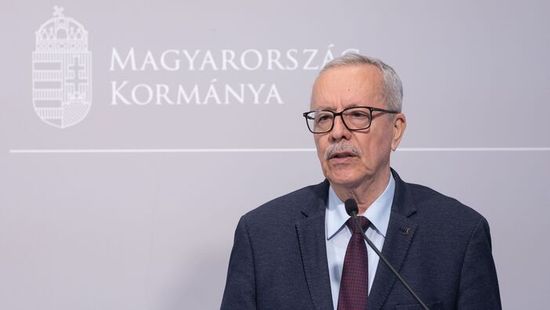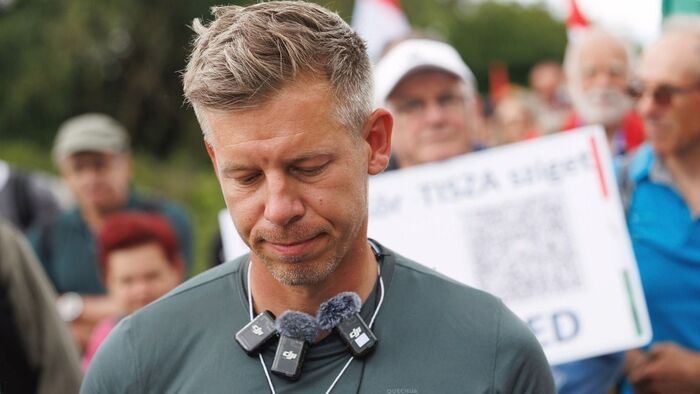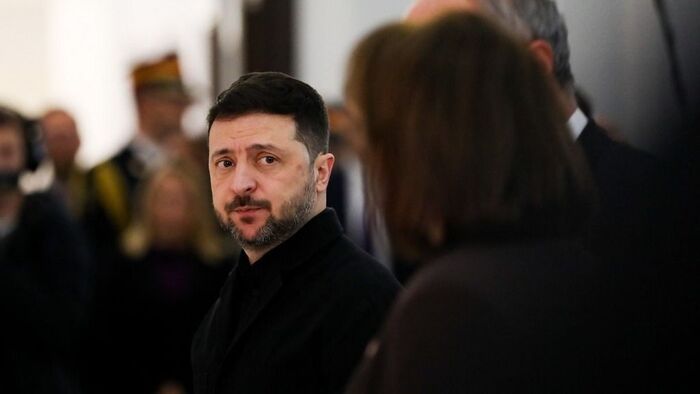A list compiled by the organization Stop Antisemitism identified over 700 individuals from various social backgrounds who openly express hostility toward Jews and the country of Israel, according to a summary published by tabletmag.com and highlighted by the V4NA news agency.
Among healthcare professionals, the incidence of antisemitism is more than 2.5 times higher than in other sectors. A breakdown of the number reveals that doctors were almost 26 times over-represented on the list relative to their prevalence in the workforce. Doctors with foreign degrees are the most likely to hold hostile views toward Jewish colleagues. The fact that antisemitism is present even among highly educated doctors and healthcare professionals contradicts conventional theories about antisemitism. Organizations like the Anti-Defamation League (ADL) have long argued that antisemitism stems from "ignorance and conspiratorial thinking" and must be countered through education.
“Ultimately, any strategy for protecting the Jewish community must include education at its core — we can’t fight hate without changing hearts and minds,”
– said Jonathan Greenblatt, CEO of the ADL.
But both history and current trends refute Greenblatt’s theory. Doctors educated at Columbia and Harvard, for example, may be radical and morally depraved, but they are not uneducated.
The particular challenge of the antisemitism among foreign-educated doctors lies in the fact that much of their moral development occurred before arriving in the U.S. — often in political systems where antisemitism was explicitly promoted.
The assumed link between education level and antisemitism has traditionally been based on the observation that people with lower educational levels are more likely to admit to antisemitic views. However, it has remained unclear whether this means that elites are genuinely less antisemitic—or merely more inclined to give socially acceptable responses.
A 2021 study published by Tabletmag supports the latter theory. In an experiment designed to detect a double standard, two versions of the same question of principle were posed, one with a Jewish and one with a non-Jewish example. To illustrate, one question asks respondents whether “the U.S. military should be allowed to forbid the wearing of" religious head coverings, with one version offering the example of a Jewish yarmulke (or kippah), the other a Sikh turban. Respondents with higher education levels were more likely to support allowing the turban but not the yarmulke, revealing the application of a double standard against Jews.






















Szóljon hozzá!
Jelenleg csak a hozzászólások egy kis részét látja. Hozzászóláshoz és a további kommentek megtekintéséhez lépjen be, vagy regisztráljon!